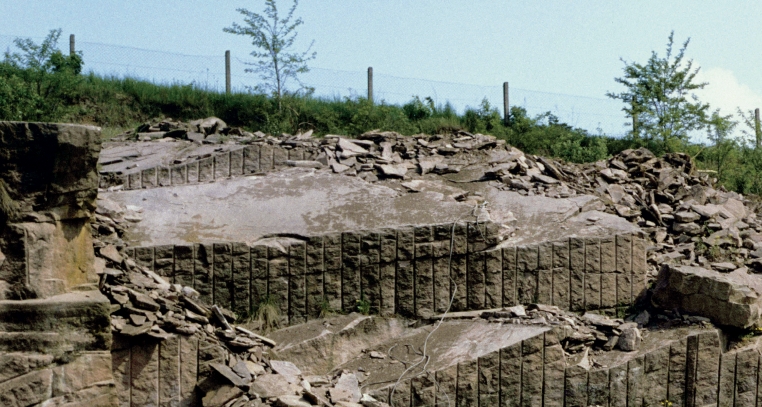The lithosphere, which is made up of the Earth’s crust and upper mantle, is constantly being subjected to various stresses that can cause it to deform and create faults. One type of stress that can have a significant impact on lithosphere faults is diastrophic stress.
What is Diastrophic Stress?
Diastrophic stress is the stress that occurs when the lithosphere is subjected to tectonic forces that cause it to deform. This can include compressional stress, extensional stress, and shear stress, all of which can lead to the formation of faults in the lithosphere.
Effects on Faults
Diastrophic stress can have a number of effects on lithosphere faults. For example, compressional stress can cause faults to form when rocks are forced together and break along weak points in the lithosphere. Extensional stress, on the other hand, can cause faults to form when rocks are pulled apart and create fissures in the lithosphere. Shear stress can also cause faults to form when rocks slide past each other along a fault plane.
Impact on Earthquakes
Diastrophic stress can also have a significant impact on the occurrence of earthquakes. When faults in the lithosphere are under stress, they can become locked in place until the stress reaches a critical point and causes them to slip. This sudden release of energy can result in an earthquake, which can have devastating effects on the surrounding area.
Monitoring and Mitigation
Understanding the impact of diastrophic stress on lithosphere faults is important for monitoring and mitigating the effects of earthquakes. By studying the stress patterns in the lithosphere, scientists can better predict when and where earthquakes are likely to occur. This information can then be used to implement measures to reduce the impact of earthquakes, such as building codes that ensure structures can withstand the forces of an earthquake.
Overall, diastrophic stress plays a crucial role in shaping the lithosphere and influencing the occurrence of earthquakes. By studying and understanding this type of stress, scientists can better prepare for and mitigate the effects of earthquakes on the surrounding population and infrastructure.

